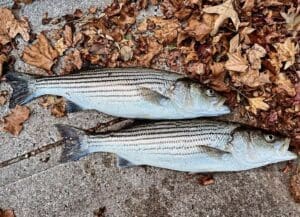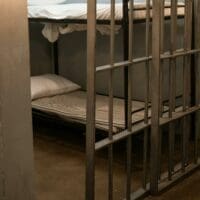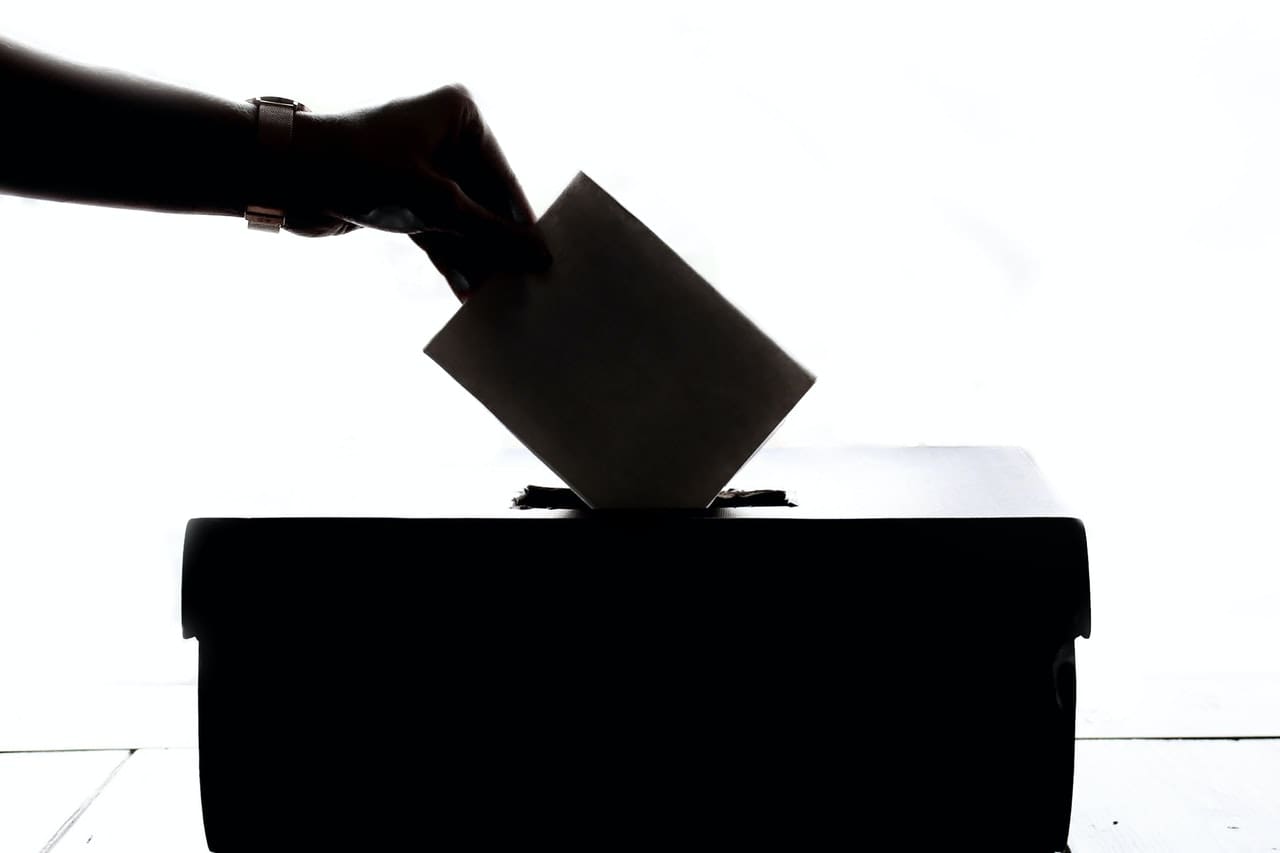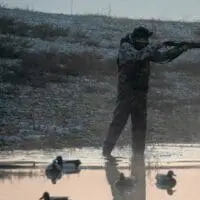

The state wants to help striped bass replenish by changing fishing season rules. Photo courtesy of Matt Slentz
With striped bass coming into the Delaware River and bay earlier in the year as the weather warms up earlier, DNREC plans to adjust their commercial fishing seasons.
The Department of Natural Resources and Environmental Control will accept written comments on the proposed changes through Feb. 14.
Stripers, as the fish are commonly called, have been coming in earlier than they used to, said DNREC Fisheries Manager John Clark at a Tuesday hearing on the state’s proposed fishing season changes.
The state wants to add two weeks in February to the striped sea bass commercial fishing season and remove two weeks in April and May to the spring anchor gill net season.
This action was recommended unanimously by the Advisory Council on Tidal Finfisheries at its Sept. 19 meeting.
The hearing came after the Atlantic States Marine Fisheries Commission updated its striped bass management plan Jan. 24.
The Atlantic striped bass population has struggled to replenish itself in recent years due to fishing above sustainable levels, water quality and habitat challenges and climate change, the commission said.
A 7% reduction in harvest for commercial fisheries was recommended by the commission.
In May 2023, the fisheries commission revised stock rebuilding projections to show that the striper stock will drop by 2029 from 97% to 15%, due to increased fishing mortality rates during the 2022 season.
The commission reported low numbers of juvenile stripers in key nurseries last year.
“From the Chesapeake to the Hudson, last year’s scarcity of juvenile striped bass mean spawning fish will be rare in years to come,” said Chesapeake Bay Foundation Maryland Executive Director Allison Colden.
“To ensure a viable fishery in the future, enough of today’s large striped bass must survive to reproduce,” she continued.
Stripers net fishing
The proposed DNREC spring season change would allow for the striped bass to spawn without the threat of commercial fisheries harvesting further reducing populations.
Currently, the anchor gill net spring season for stripers runs from Feb. 15 to April 27.
Under the proposed changes the season would run either from Feb. 20 through May 2, or March 1 through May 10.
“Either way is the same number of anchor gill net days,” Clark said.
An anchor gill net is stationary, held in the water down by weights, and catches fish by the gills.
There is also a drift gill net season that runs from Feb. 14 through May 31 for commercial fisheries.
A drift gill net floats in the water, with a system of buoys on top and weights on the bottom of the net.
Clark said that 90% of the spring sea bass are landed with an anchor gill net.
“It is more effective but more destructive,” he said, particularly to other species.
Clark said anchor gill net commercial fishing results in a 41% mortality rate for other species versus an 8% rate when stripes are caught with a drift gill net.
In addition to the spring gill net season, there is a April through December hook and line fishing season for commercial fishermen and a November to December anchor gill net season.
Quotas for the commercial fisheries are measured in pounds, and given to each individual fisherman at each individual fishery.
The fisheries are each allotted a total number pounds of striped bass, determined by DNREC annually, and divided equally among the registered fisherman of the commercial fishery.
The fish must be larger than 28 inches.
ALSO IN THE NEWS: Proposed state law offers look at another ‘natural’ burial method
Commercial fisherman are given a set number of tags determined by an estimate of the average weight of each allowed striped bass.
Recreational fisherman are only allowed to keep one striper daily, and it must be 28 to 31 inches in length.
An ASMFC emergency action last year decreased the maximum recreational size limit of stripers in an effort to stop striper population reduction.
DNREC permits commercial fisheries to harvest 95% of their allowed quota of striped bass during their spring anchor gill net season.
The fisheries are allowed up to 5% of their quota during the hook and line fishing season.
In the winter months, commercial fishermen that don’tt catch 2% or more of their allocated striped bass are permitted to catch enough fish to meet their quota.
DNREC regulations state that any striped bass caught over the allowed number will be subtracted from the amount allowed the next year.
There were no public comments at Tuesday’s hearing.
Written comments will be accepted through Feb. 14 via email or mail to Hearing Officer Theresa Smith, DNREC Office of the Secretary, 89 Kings Highway, Dover, DE 19901.
Share this Post








